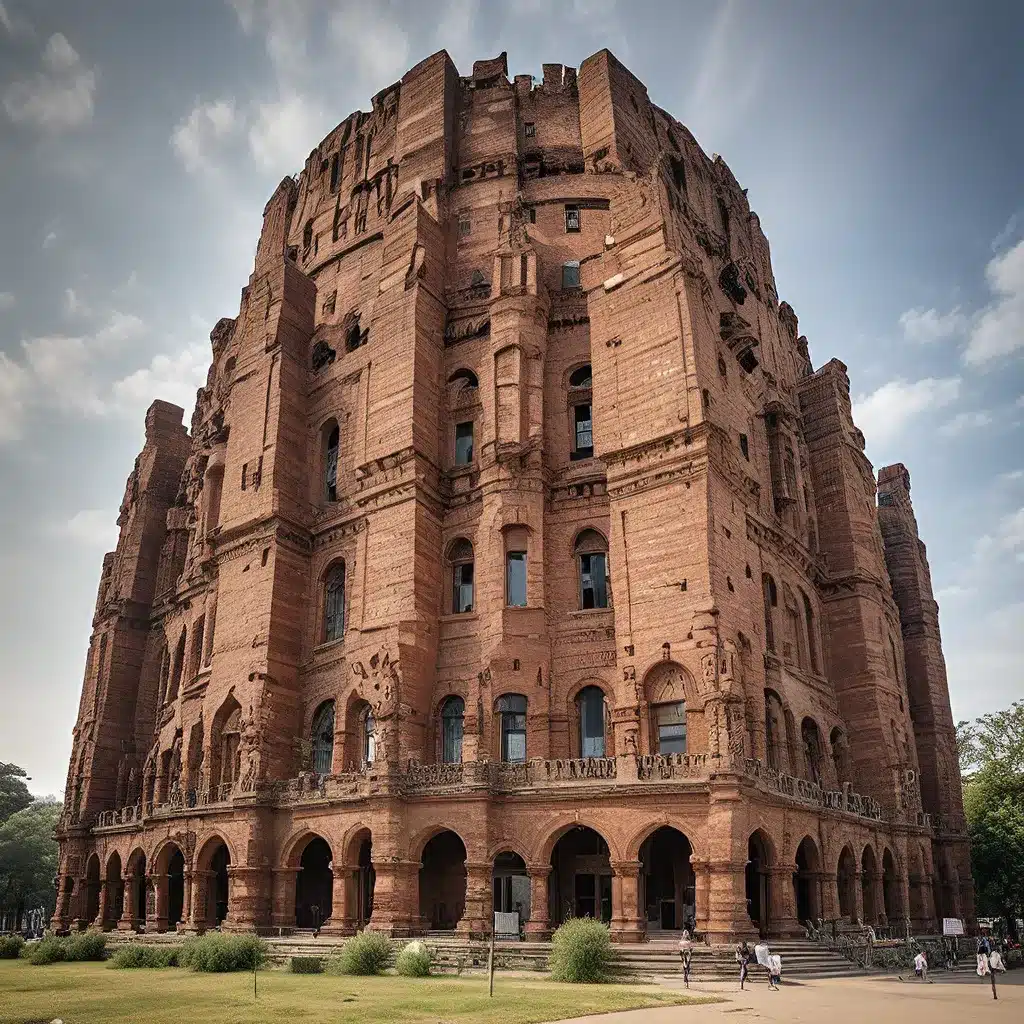
In the vast expanse of our planet, the remnants of ancient civilizations stand as silent witnesses to the grandeur and ingenuity of our ancestors. From the towering Colosseum in Rome to the enigmatic Moai statues of Easter Island, these architectural marvels captivate our imaginations and challenge us to unravel the secrets of the past.
Deciphering the Mysteries of the Colosseum
One of the most iconic landmarks of antiquity, the Colosseum in Rome stands as a testament to the engineering prowess and cultural might of the Roman Empire. This immense amphitheater, capable of seating up to 80,000 spectators, was the stage for countless gladiatorial battles, public executions, and elaborate theatrical productions. Visitors to the Colosseum can explore its intricate architectural design, which includes intricate vaulted ceilings, a complex system of underground passages, and the iconic outer walls adorned with arches and columns.
The Colosseum’s construction began in 72 AD under the reign of Emperor Vespasian, and it was officially inaugurated in 80 AD by his son, Emperor Titus. The sheer scale and ambition of this project are a testament to the organizational prowess of the Roman Empire. Thousands of workers, skilled engineers, and craftsmen were mobilized to bring this vision to life, creating a structure that would captivate and entertain the masses for centuries to come.
Uncovering the Secrets of the Moai Statues
In the remote and mysterious Easter Island, the Moai statues stand as silent guardians, their enigmatic gazes captivating visitors from around the world. These colossal stone figures, some reaching up to 30 feet in height and weighing several tons, were carved by the Rapa Nui people between the 13th and 16th centuries AD.
The Moai statues, with their distinctive elongated heads and stoic expressions, have long been the subject of intense scholarly debate and speculation. Archaeologists and anthropologists have uncovered clues about the intricate transport and construction methods used by the Rapa Nui, as well as the cultural and religious significance of these enigmatic figures.
The sheer scale and meticulous craftsmanship of the Moai statues are a testament to the resilience and ingenuity of the Rapa Nui people, who managed to thrive on the isolated and harsh landscape of Easter Island. The question of how these massive sculptures were moved and erected remains a mystery that continues to captivate researchers and visitors alike.
Exploring the Architectural Wonders of Ancient Civilizations
Beyond the Colosseum and the Moai statues, the world is dotted with a myriad of architectural masterpieces that have stood the test of time, each offering a glimpse into the rich cultural tapestry of bygone eras. From the towering Pyramids of Giza in Egypt to the intricate Machu Picchu complex in Peru, these monuments serve as a testament to the creativity, engineering prowess, and religious beliefs of the societies that created them.
The Pyramids of Giza, constructed during the Old Kingdom of ancient Egypt, are a prime example of the extraordinary architectural and engineering feats achieved by ancient civilizations. These colossal structures, built as elaborate tombs for the pharaohs, demonstrate the incredible organizational skills and advanced construction techniques of the Egyptians, who were able to move and precisely place massive stone blocks weighing several tons.
Similarly, the Machu Picchu complex in Peru, constructed by the Inca civilization in the 15th century, is a marvel of architectural ingenuity. Perched high in the Andes mountains, this ancient city showcases the Inca’s exceptional masonry skills, as well as their deep understanding of the natural environment and their ability to adapt their buildings to the challenging terrain.
Unlocking the Secrets of Ancient Cultures
Exploring the architectural wonders of the past not only ignites our sense of wonder and appreciation for the ingenuity of our ancestors but also provides valuable insights into the social, cultural, and religious practices of ancient civilizations. Each monumental structure serves as a time capsule, revealing the beliefs, values, and technological advancements of the people who created them.
By studying the architectural features, construction methods, and symbolic meanings of these ancient landmarks, researchers and archaeologists can piece together a more comprehensive understanding of the past, shedding light on the rich tapestry of human history. From the intricate carvings and artwork adorning the Moai statues to the precise alignment of the Pyramids of Giza with the stars, these architectural marvels hold the keys to unlocking the secrets of bygone eras.
The Significance of Preserving and Exploring Ancient Monuments
In an ever-changing world, the preservation and exploration of ancient monuments and archaeological sites have become increasingly crucial. These structures not only serve as physical reminders of our shared cultural heritage but also provide a window into the past, allowing us to better understand the human experience and the evolution of civilizations.
The Lost Kingdoms, a website dedicated to the exploration and preservation of ancient history, plays a vital role in this endeavor. By sharing the stories, insights, and discoveries related to these architectural marvels, the website helps to cultivate a deeper appreciation for the ingenuity and resilience of our ancestors, inspiring curiosity and fostering a greater understanding of the human condition.
As we continue to unravel the mysteries of the past, the architectural wonders of bygone eras will continue to captivate and inspire us, reminding us of the enduring power of human creativity, perseverance, and the enduring quest for knowledge.


